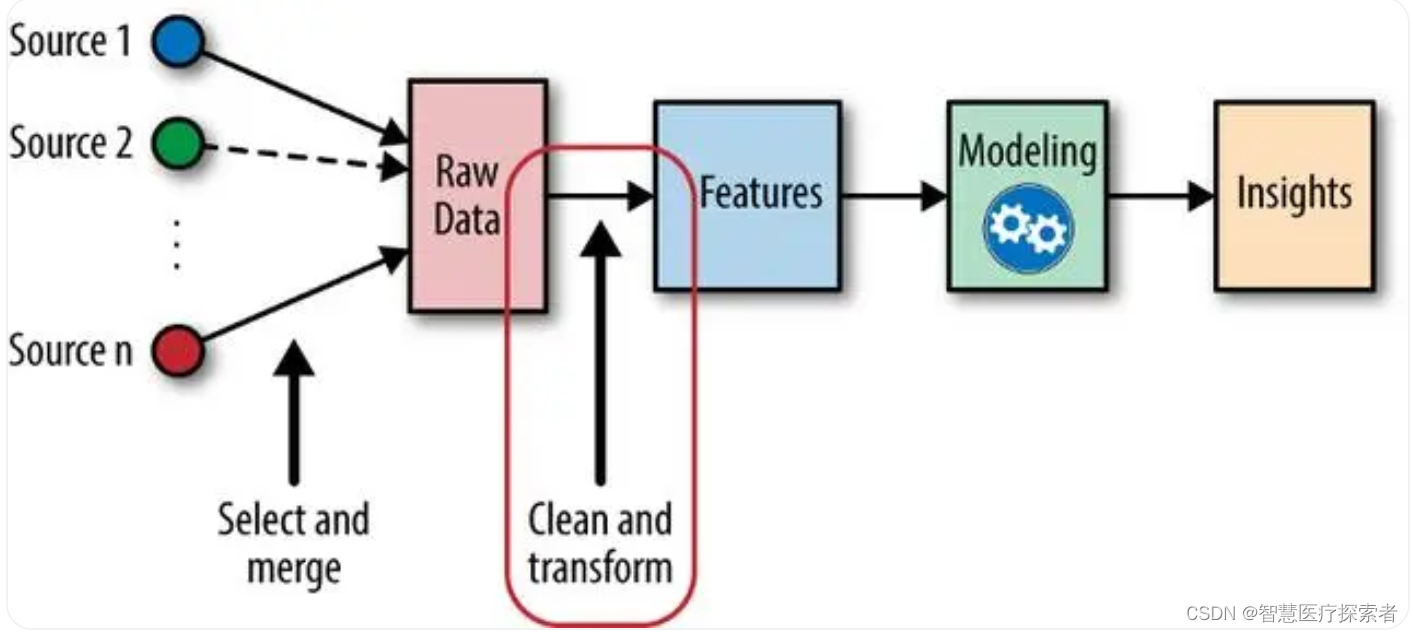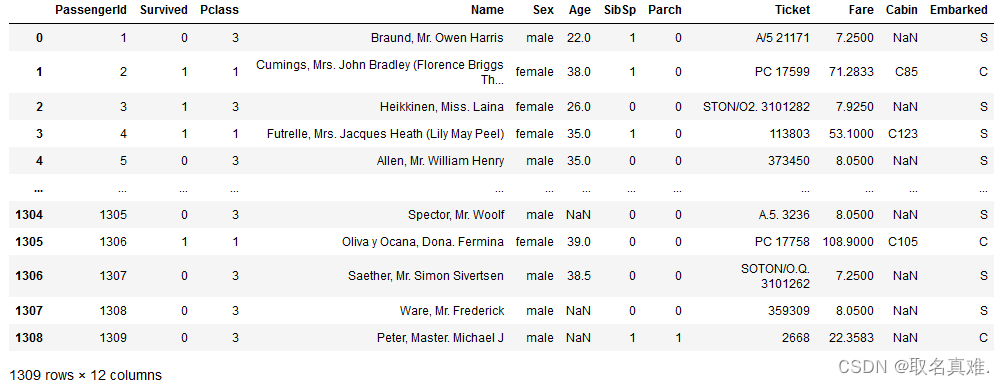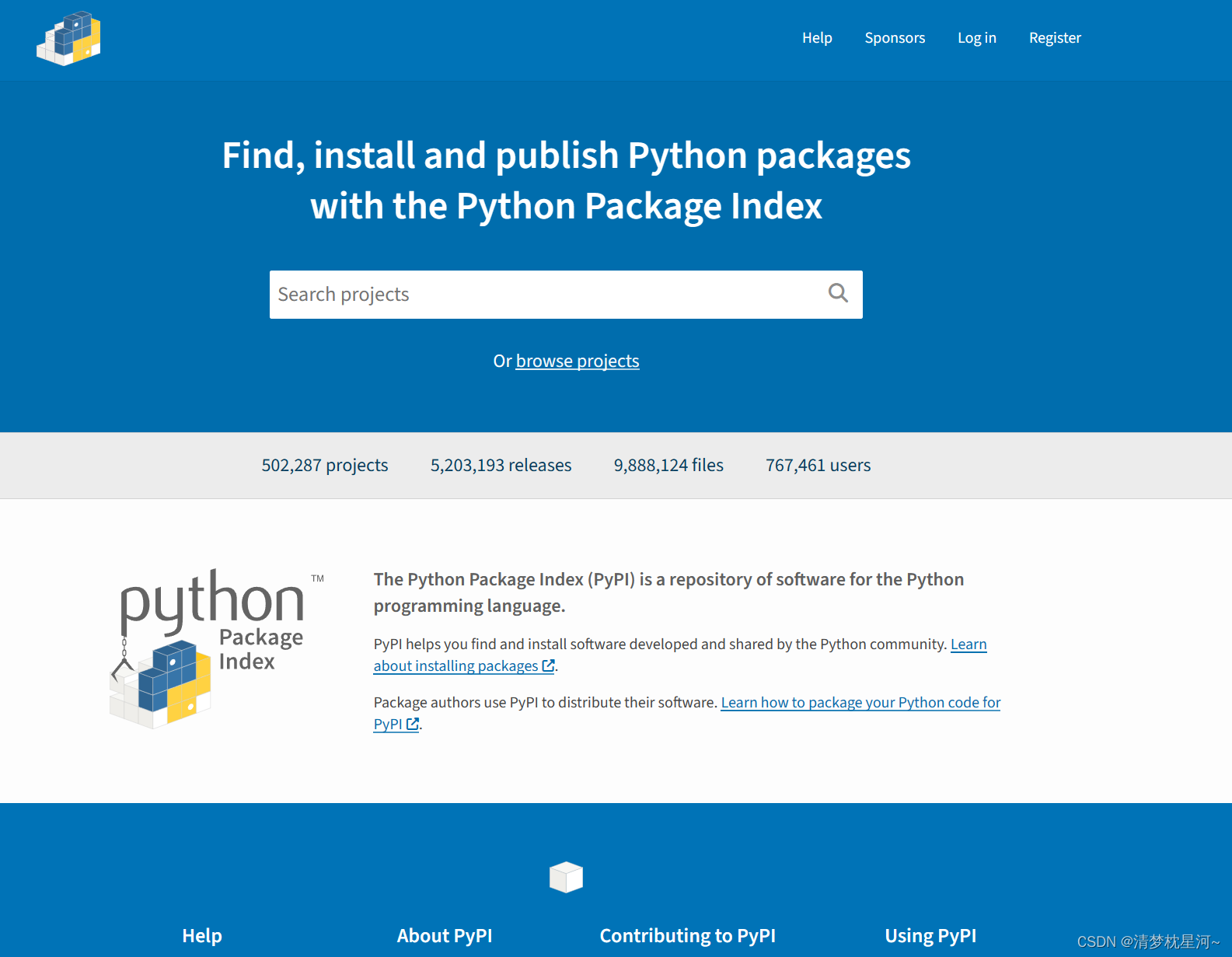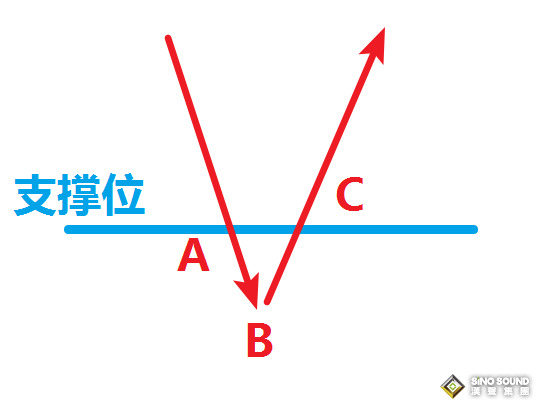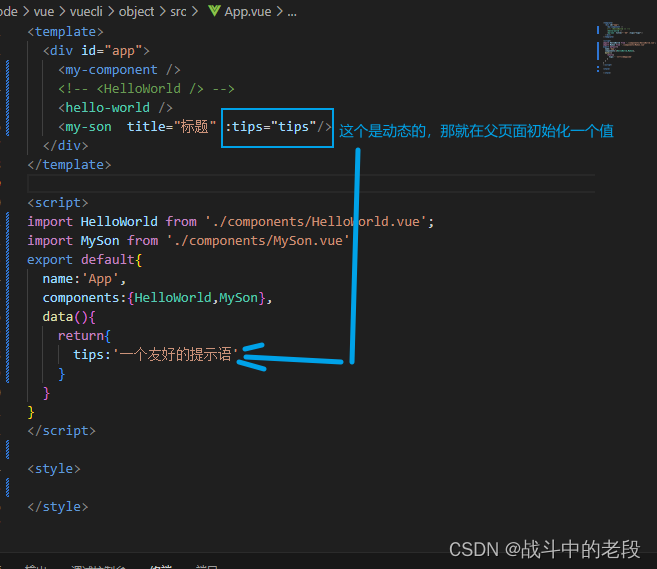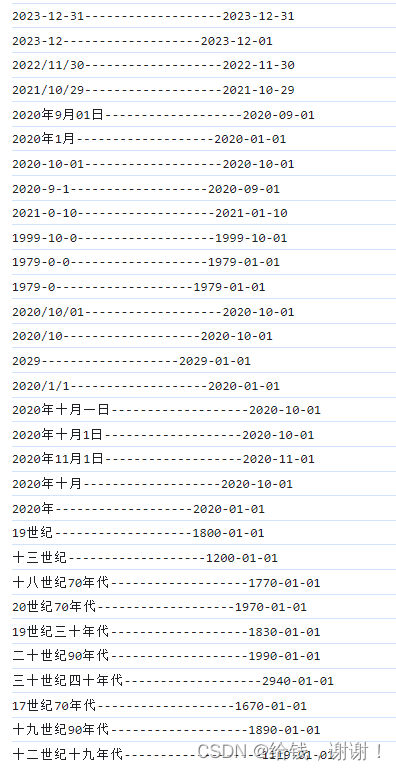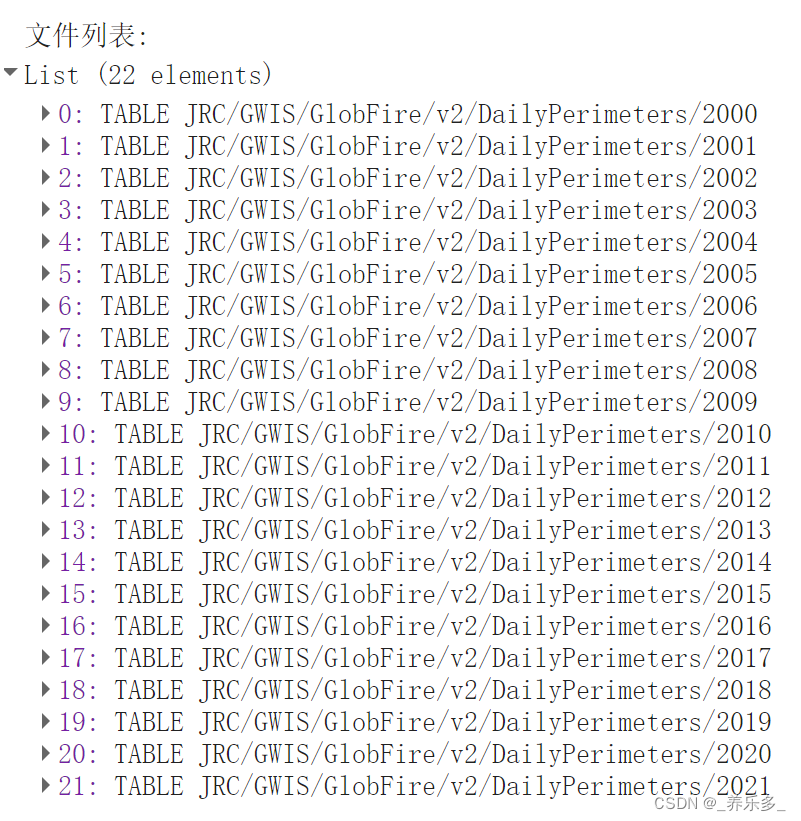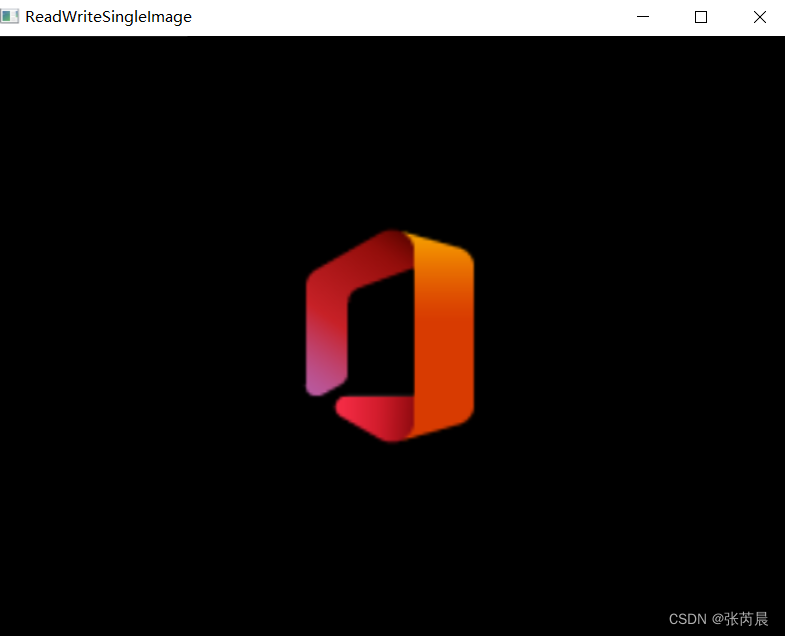欢迎关注我的CSDN:https://spike.blog.csdn.net/
本文地址:https://spike.blog.csdn.net/article/details/135120094
Machine Learning in Structural Biology (机器学习在结构生物学中)
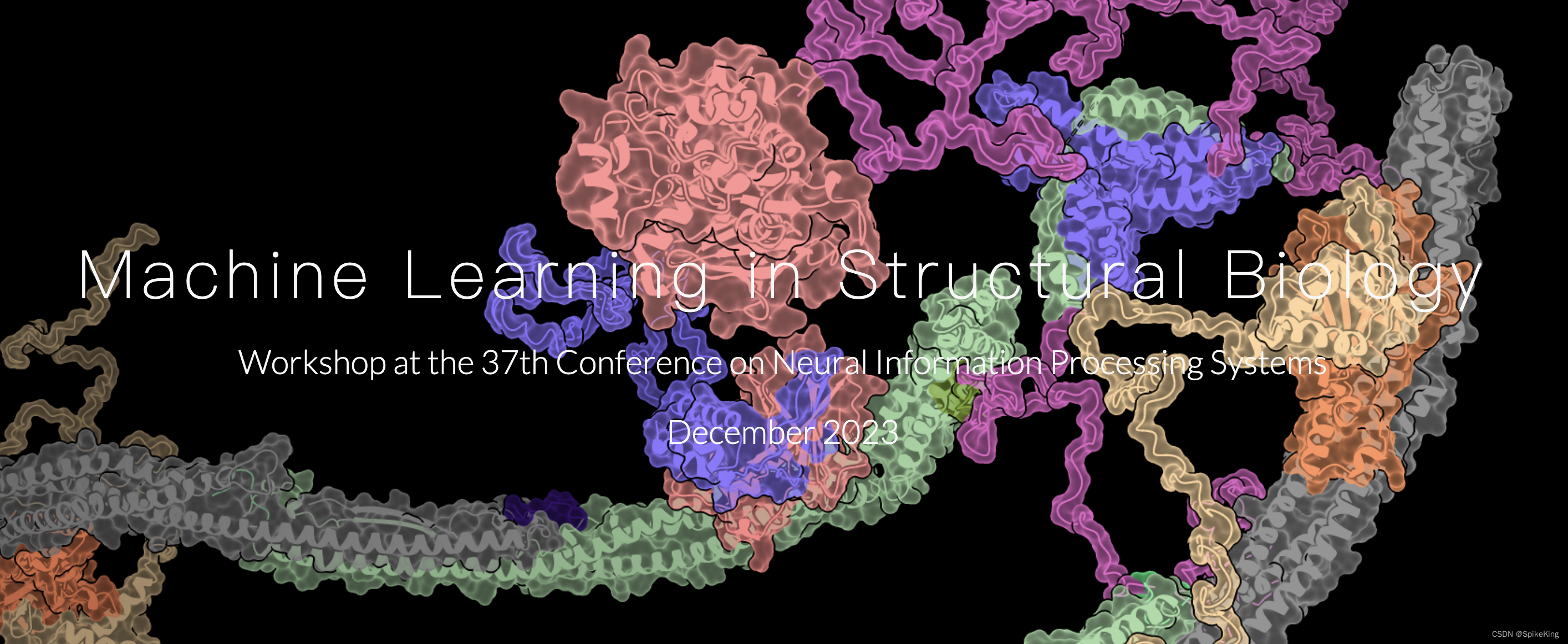
- Workshop at the 37th Conference on Neural Information Processing Systems
- December 2023
介绍:
Structural biology, the study of the 3D structure or shape of proteins and other biomolecules, has been transformed by breakthroughs from machine learning algorithms.
结构生物学是对于蛋白质和其他生物分子 3D 结构或形状的研究,机器学习算法的突破已经改变了结构生物学。
Machine learning models are now routinely used by experimentalists to predict structures to aid in hypothesis generation and experimental design, accelerate the experimental process of structure determination (e.g. computer vision algorithms for cryo-electron microscopy), and have become a new industry standard for bioengineering new protein therapeutics (e.g. large language models for protein design).
机器学习模型现在经常被实验人员用来预测结构,以帮助假设生成和实验设计,加速结构确定的实验过程(例如用于冷冻电子显微镜的计算机视觉算法),并且已成为生物工程的新行业标准,新的蛋白质疗法(例如用于蛋白质设计的大型语言模型)。
Despite all of this progress, there are still many active and open challenges for the field, such as modeling protein dynamics, predicting the structure of other classes of biomolecules such as RNA, learning and generalizing the underlying physics driving protein folding, and relating the structure of isolated proteins to the in vivo and contextual nature of their underlying function.
尽管取得了所有这些进展,该领域仍然存在许多活跃和开放的挑战,例如蛋白质动力学建模、预测其他类别生物分子(例如 RNA)的结构、学习和概括驱动蛋白质折叠的基础物理原理,以及将分离蛋白质的结构与其潜在功能的体内和背景性质联系起来。
These challenges are diverse and interdisciplinary, motivating new kinds of machine learning methods and requiring the development and maturation of standard benchmarks and datasets.
这些挑战是多种多样的、跨学科的,激发了新型机器学习方法的出现,并且需要标准基准和数据集的开发和成熟。
Machine Learning in Structural Biology (MLSB), seeks to bring together field experts, practitioners, and students from across academia, industry research groups, and pharmaceutical companies to focus on these new challenges and opportunities.
结构生物学的机器学习 (MLSB) 旨在将来自学术界、行业研究团体和制药公司的领域专家、从业者和学生聚集在一起,共同关注这些新的挑战和机遇。
This year, MLSB aims to bridge the theoretical and practical by addressing the outstanding computational and experimental problems at the forefront of our field.
今年,MLSB 旨在通过解决我们领域前沿的突出计算和实验问题,来架起理论和实践的桥梁。
The intersection of artificial intelligence and structural biology promises to unlock new scientific discoveries and develop powerful design tools.
人工智能和结构生物学的交叉有望释放新的科学发现并开发强大的设计工具。
在结构预测中,Diffusion 相关的文章,AlphaFold 相关的文章,比较多。
相关论文:
- ESMFold Hallucinates Native-Like Protein Sequences
- ESMFold 产生类似天然蛋白质序列的幻觉
- Conditioned Protein Structure Prediction
- 条件蛋白质结构预测
- Stable Online and Offline Reinforcement Learning for Antibody CDRH3 Design
- 抗体 CDRH3 设计的稳定在线和离线强化学习
- Guiding diffusion models for antibody sequence and structure co-design with developability properties
- 具有可开发特性的抗体序列和结构协同设计的指导扩散模型
- AlphaFold Distillation for Protein Design
- 用于蛋白质设计的 AlphaFold 蒸馏
- Binding Oracle: Fine-Tuning From Stability to Binding Free Energy
- 绑定预言机:从稳定性到绑定自由能的微调
- Scalable Multimer Structure Prediction using Diffusion Models
- 使用扩散模型进行可扩展的多聚体结构预测
- Implicit Geometry and Interaction Embeddings Improve Few-Shot Molecular Property Prediction
- 隐式几何和相互作用嵌入改进了少样本分子特性预测
- Molecular Diffusion Models with Virtual Receptors
- 具有虚拟受体的分子扩散模型
- CESPED: a new benchmark for supervised particle pose estimation in Cryo-EM.
- CESPED:冷冻电镜中监督粒子位姿估计的新基准。
- Learning Scalar Fields for Molecular Docking with Fast Fourier Transforms
- 通过快速傅里叶变换学习分子对接的标量场
- VN-EGNN: Equivariant Graph Neural Networks with Virtual Nodes Enhance Protein Binding Site Identification
- VN-EGNN:具有虚拟节点的等变图神经网络增强蛋白质结合位点识别
- Enhancing Ligand Pose Sampling for Machine Learning–Based Docking
- 增强基于机器学习的对接的配体姿势采样
- Improved encoding of ensembles in PDBx/mmCIF
- 改进了 PDBx/mmCIF 中的整体编码
- AlphaFold Meets Flow Matching for Generating Protein Ensembles
- AlphaFold 与流程匹配相结合,生成蛋白质整体
- The Discovery of Binding Modes Requires Rethinking Docking Generalization
- 绑定模式的发现需要重新思考对接泛化
- Conformational sampling and interpolation using language-based protein folding neural networks
- 使用基于语言的蛋白质折叠神经网络进行构象采样和插值
- FLIGHTED: Inferring Fitness Landscapes from Noisy High-Throughput Experimental Data
- FLIGHTED:从嘈杂的高通量实验数据推断适度景观
- Contrasting Sequence with Structure: Pre-training Graph Representations with PLMs
- 对比序列与结构:使用 PLM 预训练图形表示
- Target-Aware Variational Auto-Encoders for Ligand Generation with Multi-Modal Protein Modeling
- 用于通过多模态蛋白质建模生成配体的目标感知变分自动编码器
- SE(3) denoising score matching for unsupervised binding energy prediction and nanobody design
- 用于无监督结合能预测和纳米抗体设计的 SE(3) 去噪评分匹配
- Fast non-autoregressive inverse folding with discrete diffusion
- 具有离散扩散的快速非自回归逆折叠
- TopoDiff: Improving Protein Backbone Generation with Topology-aware Latent Encoding
- TopoDiff:通过拓扑感知的潜在编码改善蛋白质主链的生成
- Harmonic Prior Self-conditioned Flow Matching for Multi-Ligand Docking and Binding Site Design
- 用于多配体对接和结合位点设计的谐波先验自调节流量匹配
- CrysFormer: Protein Crystallography Prediction via 3d Patterson Maps and Partial Structure Attention
- CrysFormer:通过 3d Patterson 图和部分结构注意力进行蛋白质晶体学预测
- PoseCheck: Generative Models for 3D Structure-based Drug Design Produce Unrealistic Poses
- PoseCheck:基于 3D 结构的药物设计生成模型产生不切实际的姿势
- Sampling Protein Language Models for Functional Protein Design
- 用于功能蛋白质设计的蛋白质语言模型采样
- A framework for conditional diffusion modelling with applications in protein design
- 条件扩散建模框架及其在蛋白质设计中的应用
- DiffRNAFold: Generating RNA Tertiary Structures with Latent Space Diffusion
- DiffRNAFold:通过潜在空间扩散生成 RNA 三级结构
- Pair-EGRET: Enhancing the prediction of protein-protein interaction sites through graph attention networks and protein language models
- Pair-EGRET:通过图注意力网络和蛋白质语言模型,增强蛋白质-蛋白质相互作用位点的预测
- FlexiDock: Compositional diffusion models for flexible molecular docking
- FlexiDock:用于灵活分子对接的成分扩散模型
- In vitro validated antibody design against multiple therapeutic antigens using generative inverse folding
- 使用生成反向折叠针对多种治疗抗原进行体外验证的抗体设计
- Evaluating Zero-Shot Scoring for In Vitro Antibody Binding Prediction with Experimental Validation
- 通过实验验证评估体外抗体结合预测的零样本评分
- PDB-Struct: A Comprehensive Benchmark for Structure-based Protein Design
- PDB-Struct:基于结构的蛋白质设计的综合基准
- Optimizing protein language models with Sentence Transformers
- 使用语句 Transformers 优化蛋白质语言模型
- DiffDock-Pocket: Diffusion for Pocket-Level Docking with Sidechain Flexibility
- DiffDock-Pocket:具有侧链灵活性的口袋级对接的扩散
- Transition Path Sampling with Boltzmann Generator-based MCMC Moves
- 使用基于玻尔兹曼生成器的 MCMC 移动进行过渡路径采样
- Pre-training Sequence, Structure, and Surface Features for Comprehensive Protein Representation Learning
- 用于综合蛋白质表示学习的预训练序列、结构和表面特征
- Inpainting Protein Sequence and Structure with ProtFill
- 使用 ProtFill 修复蛋白质序列和结构
- Investigating Protein-DNA Binding Energetic of Mismatched DNA
- 研究不匹配 DNA 的 蛋白质-DNA 结合能量
- AntiFold: Improved antibody structure design using inverse folding
- AntiFold:使用反向折叠改进抗体结构设计
- Improved B-cell epitope prediction using AlphaFold2 modeling and inverse folding latent representations
- 使用 AlphaFold2 建模和反向折叠潜在表示改进 B 细胞表位预测
- Combining Structure and Sequence for Superior Fitness Prediction
- 结合结构和序列实现卓越的健康预测
- Epitope-specific antibody design using diffusion models on the latent space of ESM embeddings
- 在 ESM 嵌入的潜在空间上使用扩散模型设计表位特异性抗体
- Protein language models learn evolutionary statistics of interacting sequence motifs
- 蛋白质语言模型学习相互作用序列基序的进化统计
- Using artificial sequence coevolution to predict disulfide-rich peptide structures with experimental connectivity in AlphaFold
- 使用人工序列协同进化通过 AlphaFold 中的实验连接来预测富含二硫键的肽结构
- Preferential Bayesian Optimisation for Protein Design with Ranking-Based Fitness Predictors
- 具有基于排名的适应度预测器的蛋白质设计的优先贝叶斯优化
- FAFormer: Frame Averaging Transformer for Predicting Nucleic Acid-Protein Interactions
- FAFormer:用于预测 核酸-蛋白质 相互作用的帧平均变压器
- LightMHC: A Light Model for pMHC Structure Prediction with Graph Neural Networks
- LightMHC:使用图神经网络进行 pMHC 结构预测的 Light 模型
- FrameDiPT: SE(3) Diffusion Model for Protein Structure Inpainting
- FrameDiPT:蛋白质结构修复的 SE(3) 扩散模型
- An Active Learning Framework for ML-Assisted Labeling of Cryo-EM Micrographs
- 用于机器学习辅助冷冻电镜显微照片标记的主动学习框架
- Validation of de novo designed water-soluble and membrane proteins by in silico folding and melting
- 通过计算折叠和熔化验证从头设计的水溶性和膜蛋白
- Structure, Surface and Interface Informed Protein Language Model
- 结构、表面和界面信息的蛋白质语言模型
- De Novo Short Linear Motif (SLiM) Discovery With AlphaFold-Multimer
- 使用 AlphaFold-Multimer 从头发现短线性基序 (SLiM)
- AF2BIND: Predicting ligand-binding sites using the pair representation of AlphaFold2
- AF2BIND:使用 AlphaFold2 的配对表示来预测配体结合位点
- Protein generation with evolutionary diffusion: sequence is all you need
- 通过进化扩散产生蛋白质:序列就是所需要的
- LatentDock: Protein-Protein Docking with Latent Diffusion
- LatentDock:具有潜在扩散的蛋白质-蛋白质对接
- HiFi-NN annotates the microbial dark matter with Enzyme Commission numbers
- HiFi-NN 用酶委员会编号注释微生物暗物质
- Towards Joint Sequence-Structure Generation of Nucleic Acid and Protein Complexes with SE(3)-Discrete Diffusion
- 利用 SE(3) 离散扩散实现核酸和蛋白质复合物的联合序列结构生成
- SO(3)-Equivariant Representation Learning in 2D Images
- SO(3)-2D 图像中的等变表示学习
- HelixDiff: Conditional Full-atom Design of Peptides With Diffusion Models
- HelixDiff:具有扩散模型的肽的条件全原子设计
- DiffMaSIF: Surface-based Protein-Protein Docking with Diffusion Models
- DiffMaSIF:基于表面的蛋白质-蛋白质对接与扩散模型
- FLAb: Benchmarking deep learning methods for antibody fitness prediction
- FLAb:抗体适应度预测的深度学习方法基准测试
- Parameter-Efficient Fine-Tuning of Protein Language Models Improves Prediction of Protein-Protein Interactions
- 蛋白质语言模型的参数高效微调提高了蛋白质-蛋白质 相互作用的预测
- TriFold: A New Architecture for Predicting Protein Sequences from Structural Data
- TriFold:根据结构数据预测蛋白质序列的新架构
- End-to-End Sidechain Modeling in AlphaFold2: Attention May or May Not Be All That You Need
- AlphaFold2 中的端到端侧链建模:注意力可能是也可能不是您所需要的全部
- Coarse-graining via reparametrization avoids force-matching and back-mapping
- 通过重新参数化进行粗粒度避免了力匹配和反向映射
- SE3Lig: SE(3)-equivariant CNNs for the reconstruction of cofactors and ligands in protein structures
- SE3Lig:SE(3) 等变 CNN,用于重建蛋白质结构中的辅因子和配体
- Cramming Protein Language Model Training in 24 GPU Hours
- 在 24 个 GPU 小时内进行蛋白质语言模型训练
- Preparation Of Labeled Cryo-ET Datasets For Training And Evaluation Of Machine Learning Models
- 准备用于机器学习模型训练和评估的标记 Cryo-ET 数据集
- EMPOT: partial alignment of density maps and rigid body fitting using unbalanced Gromov-Wasserstein divergence
- EMPOT:使用不平衡 Gromov-Wasserstein 散度对密度图和刚体拟合进行部分对齐
- Fast protein backbone generation with SE(3) flow matching
- 通过 SE(3) 流匹配快速生成蛋白质主链
- Frame2seq: structure-conditioned masked language modeling for protein sequence design
- Frame2seq:用于蛋白质序列设计的结构条件掩码语言模型
- Structure-Conditioned Generative Models for De Novo Ligand Generation: A Pharmacophore Assessment
- 用于从头配体生成的结构条件生成模型:药效团评估
- Jointly Embedding Protein Structures and Sequences through Residue Level Alignment
- 通过残基水平比对联合嵌入蛋白质结构和序列
- Evaluating Representation Learning on the Protein Structure Universe
- 评估蛋白质结构领域的表示学习
- Enhancing Antibody Language Models with Structural Information
- 利用结构信息增强抗体语言模型
- Amortized Pose Estimation for X-Ray Single Particle Imaging
- X 射线单粒子成像的摊销位姿估计
- Rethinking Performance Measures of RNA Secondary Structure Problems
- 重新思考 RNA 二级结构问题的性能测量
- Structure-based and leakage-free data splits for rigorous protein function evaluation
- 基于结构和无泄漏的数据分割,用于严格的蛋白质功能评估
- Uncovering sequence diversity from a known protein structure
- 从已知的蛋白质结构中揭示序列多样性
- Exploiting language models for protein discovery with latent walk-jump sampling
- 利用语言模型通过潜在的走跳采样发现蛋白质





